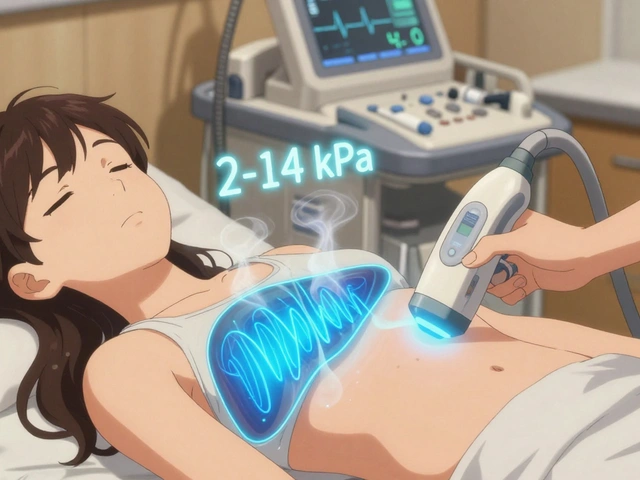Sun Damage: Causes, Risks, and How to Protect Yourself
When dealing with Sun Damage, the harmful effect of ultraviolet (UV) light on skin, eyes, and the immune system. Also known as solar injury, it can appear as a sunburn today and skin cancer years later.
Understanding UV Radiation, the spectrum of light from the sun that reaches Earth, especially UVA and UVB wavelengths is the first step. UVA penetrates deeper, causing long‑term aging, while UVB triggers immediate burns. Both types drive the chemical changes that lead to sun damage. The link is simple: more UV exposure means higher risk of photo‑injury.
To break that chain, most experts recommend Sunscreen, a topical product that absorbs, reflects, or scatters UV rays to protect the skin. Look for broad‑spectrum formulas with SPF 30 or higher, apply 15 minutes before heading out, and reapply every two hours. Sunscreen isn’t just for the beach; daily use on the face and hands can stop the cumulative damage that leads to wrinkles and spots.
Why does this matter for Skin Cancer, malignant growths like basal cell carcinoma, squamous cell carcinoma, and melanoma caused by DNA damage from UV exposure? The same DNA mutations that give you a tan can also trigger uncontrolled cell growth. Early detection saves lives, so regular skin checks are essential, especially if you’ve had frequent sunburns.
Even without a tumor, Photoaging, the premature aging of skin caused by repeated UV exposure shows up as fine lines, loss of elasticity, and dark spots. These changes are not merely cosmetic; they signal deeper damage to collagen and elastin fibers. Treating photoaging often involves topical retinoids, antioxidants, and consistent sun protection.
Eyes aren’t exempt. Prolonged UV exposure can cause eye redness, irritation, and conditions like allergic conjunctivitis. Wearing UV‑blocking sunglasses shields the cornea and lens, reducing the risk of cataracts and photokeratitis. Simple habits—like keeping lids closed on windy days or using lubricating drops—help keep your vision clear.
Some prescription drugs amplify the sun’s effect. Antibiotics like Cefpodoxime, a broad‑spectrum cephalosporin that can increase skin’s sensitivity to UV light, and fluoroquinolones such as ciprofloxacin, are known photosensitizers. If you’re on these meds, double down on sunscreen and protective clothing. Knowing the interaction prevents unexpected burns while you’re treating an infection.
Below you’ll find a curated set of articles that dive deeper into each of these points—ranging from medication safety to eye‑care tips and the science behind photoaging. Use them as a roadmap to protect yourself, understand the risks, and make informed choices about sun exposure.

Age Spots vs Skin Cancer: Essential Facts and Prevention Tips
Learn how to tell age spots apart from skin cancer, understand UV risks, follow a self‑exam checklist, and discover prevention tips for early detection and protection.
Continue Reading



